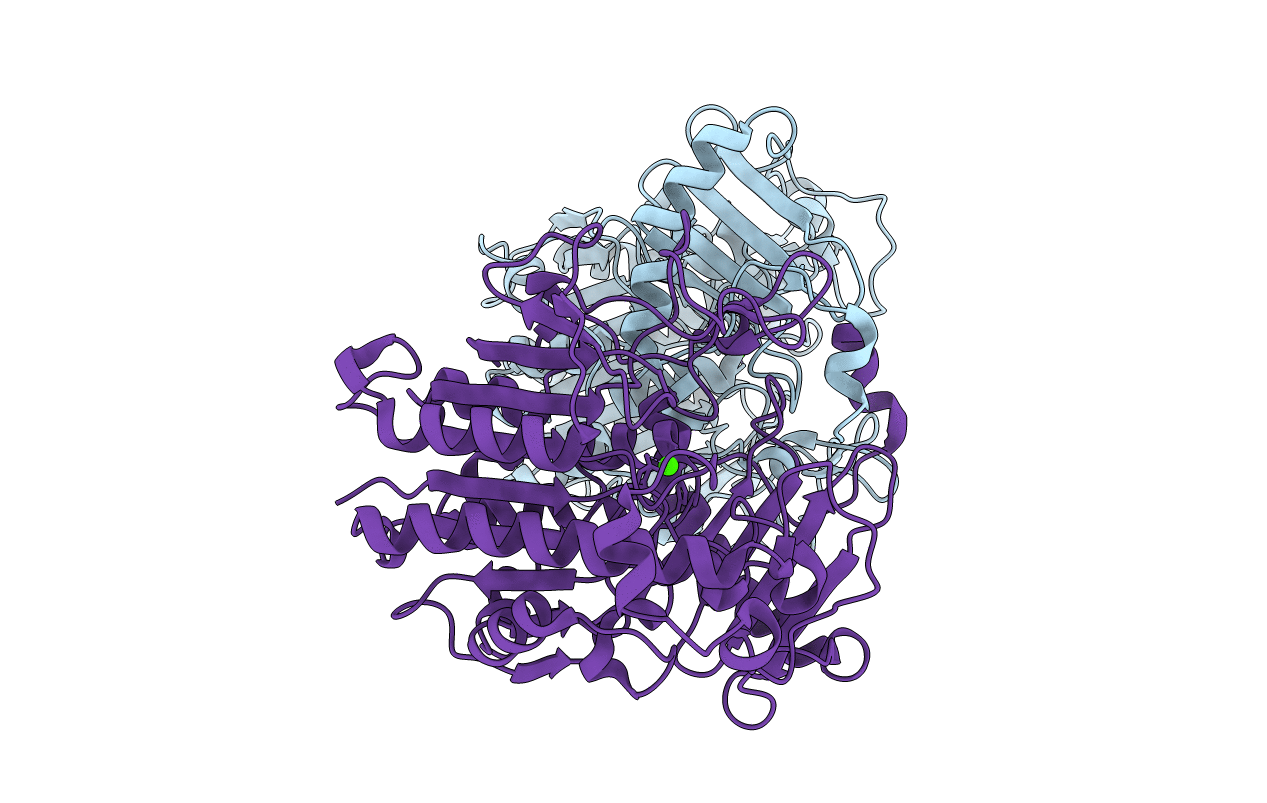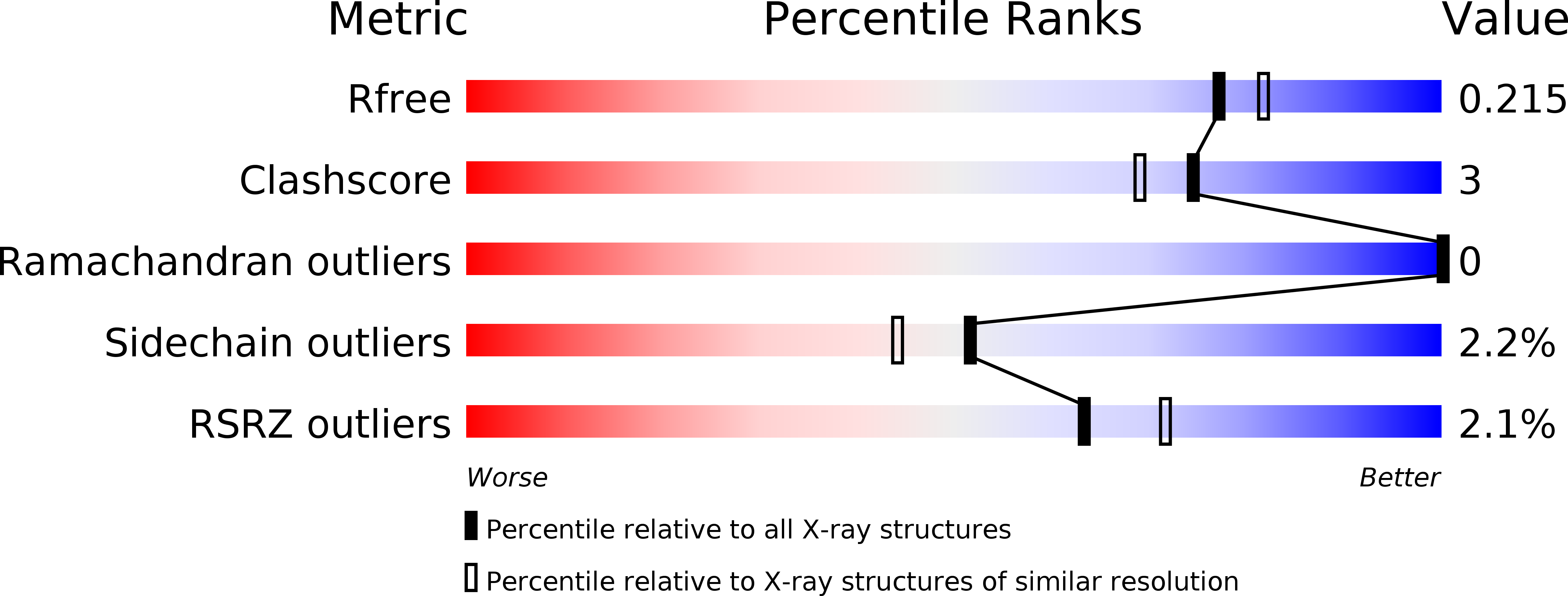
Deposition Date
2019-01-14
Release Date
2019-07-10
Last Version Date
2024-11-06
Entry Detail
PDB ID:
6J66
Keywords:
Title:
Chondroitin sulfate/dermatan sulfate endolytic 4-O-sulfatase
Biological Source:
Source Organism:
Vibrio sp. FC509 (Taxon ID: 1540143)
Host Organism:
Method Details:
Experimental Method:
Resolution:
1.95 Å
R-Value Free:
0.21
R-Value Work:
0.18
R-Value Observed:
0.18
Space Group:
C 1 2 1


